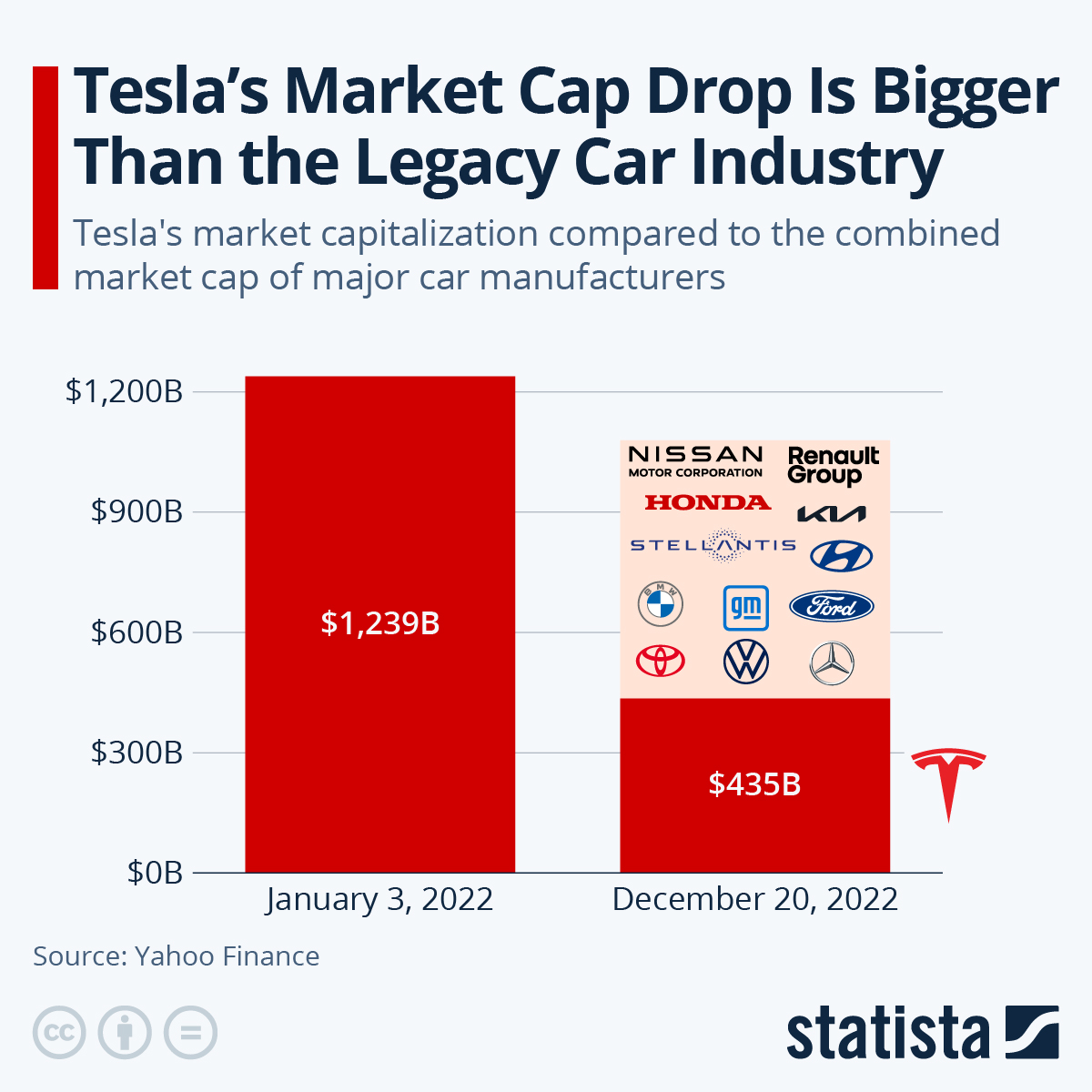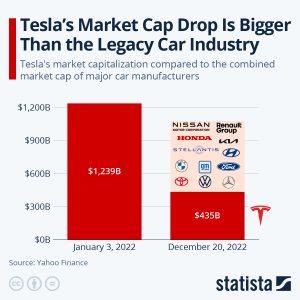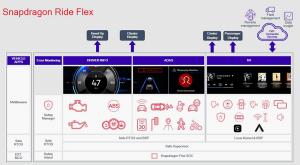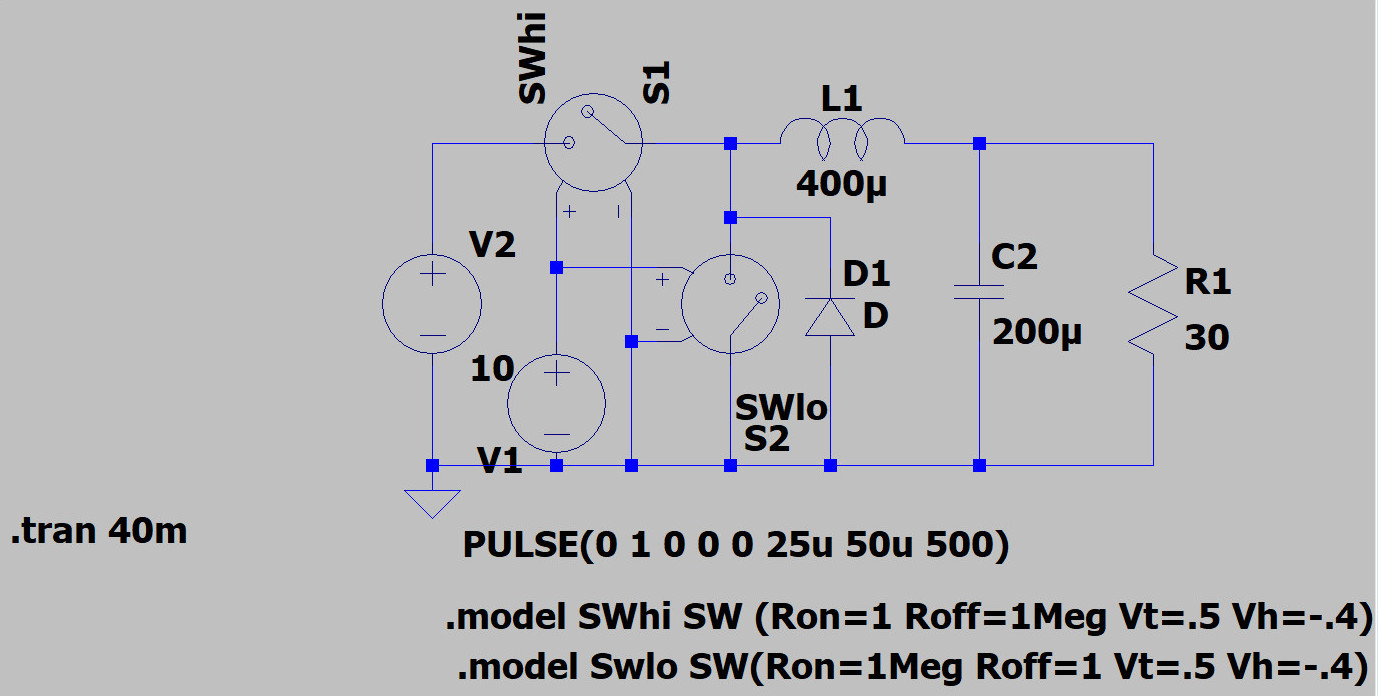
What are the topics covered this week? There’s quantum dot technology, electronics photography, Tesla’s market value, Imec calling for co-operation and the Qualcomm Snapdragon Ride Flex SoC…
5. Quantum dot company opens production laboratory in Cheshire
Photonic quantum dot company Quantum Science has expanded into a second laboratory at its site in Daresbury, Cheshire. “Serving as a volume manufacturing facility, the new laboratory will feature equipment including a precise automated reaction system, which will help Quantum Science upscale its production to serve millions of short-wave infra-red sensors each year,” it said. Branded Infiq, its quantum dots are light-absorbing nano-crystals with applications in sensing and imaging.
4. Gadget Book: Open Circuits reveals hidden design of everyday electronics [Gadget Master]
Time to slot a new book onto our Gadget Master Library shelves: Open Circuits – The Inner Beauty of Electronic Components, by Windell Oskay and Eric Schlaepfer. This looks interesting – it’s described as a “photographic exploration of the beautiful design inside everyday electronics”. Basically, cross-section photography, accompanied by explanatory text, bids to unlock a “hidden world full of elegance, subtle complexity, and wonder”. Very impressive it looks.
 3. Another Year, Another $800bn Gone [Mannerisms]
3. Another Year, Another $800bn Gone [Mannerisms]
What a difference a year can make. A year ago, on Feb 3 2022, Tesla’s market cap peaked at $1.2 trillion. At Friday’s market close it was $385 billion. The graphic shown was drawn on December 20th when the market cap was $435 billion. In the subsequent 10 days it fell $50 billion. Tesla’s $800 billion drop in market cap is bigger than the combined market cap of Toyota, Volkswagen, Mercedes-Benz, BMW, GM, Ford, Stellantis (Fiat Chrysler and PSA), Honda, Hyundai, Kia, Nissan and Renault is still more than $100 billion less than Tesla’s market cap decline.
2. Rallying cry from imec CEO
Imec CEO Luc Van den hove (pictured) has called for a renewal of the spirit of international cooperation which has driven the semiconductor industry’s extraordinary progress and could be harnessed to solve the world’s political challenges. “Throughout human history, working in unison and rallying our strengths has always paid off. It has allowed us to overcome challenge after challenge,” says Van den hove, “the past few decades, collaboration and internationalisation have also been the driving forces behind the chip industry’s gigantic strides forward.”
 1. Qualcomm puts cockpit and ADAS functions on one chip
1. Qualcomm puts cockpit and ADAS functions on one chip
Qualcomm is sampling the Snapdragon Ride Flex SoC which integrates digital cockpit, ADAS and AD functions on one chip. Production is scheduled for 2024. Flex SoC enables a hardware architecture to support isolation, freedom from interference, and quality-of-service (QoS) for specific ADAS functions and comes equipped with a dedicated Automotive Safety Integrity Level D (ASIL-D) safety island. The chip pre-integrates a software platform that supports multi-operating system operating concurrently, hypervisor enablement with isolated virtual machines, and real-time operating system (OS) with an Automotive Open System Architecture (AUTOSAR).







